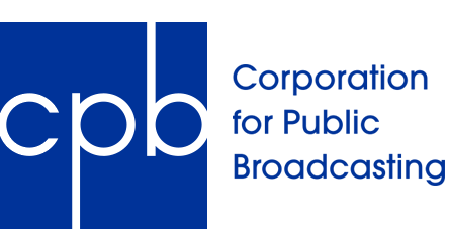The Future of Sports Audio: More Immersive, Inclusive and Innovative
Audiences now expect experiences that reflect their preferences, needs, and identities

Sports broadcasting is undergoing a profound transformation. Evolving audience expectations and technological advancements are making immersive, accessible, and personalized audio the new benchmark for fan experiences. Unlike several other iterations of early broadcast innovation, like the emergence of HD, 4K, and HDR, the technology that enables audiences to experience Next Generation Audio (NGA) is already in the hands of billions.
More than 3 billion devices, in fact, from laptops and smartphones to tablets, headphones, and home entertainment systems, are NGA-ready. Technologies like Dolby Atmos are widely available across consumer devices, yet in many cases, their full potential remains untapped by broadcasters.
Early Adopters are Pushing Audio Frontiers
Several recent deployments of NGA have demonstrated its real-world impact in live broadcast environments. Landmark trials with Serial ADM (S-ADM) and the emerging SMPTE 2110-41 standard during the Paris Games enabled France TV to deliver Dolby Atmos audio with personalized language options, all within a single bitstream.
That service remains on air today, delivering deftly personalized audio and setting an example for other broadcasters (not just in sports) eager to implement similar NGA workflows for deeper immersion and customization. Similar deployments are starting to take off in Brazil, which is rapidly adopting the ATSC 3.0 standard as a de facto broadcast delivery method.
These aren’t just technical enhancements, they’re foundational shifts enabling a range of exciting new features that enrich the viewer experience. Multilanguage support breaks down barriers, making sports accessible to a global audience. Meanwhile, enhanced accessibility via more nuanced audio description (AD) features ensures that everyone, regardless of visual impairment, can fully engage with the action without being forced to listen in mono or stereo. This means that some of the audiences set to benefit the most from NGA may be those who rely primarily, or even exclusively, on their sense of hearing.
Evolving Standards, Real-World Implications
SMPTE 2110-41 introduces a flexible way to send audio-related data, like metadata or subtitles, alongside audio and video in live IP workflows, which enables NGA to be in environments where low delay and accurate timing are crucial. Meanwhile, S-ADM, which is an open, standardized metadata format, leaps one of the final hurdles in personalized audio delivery.
Now, broadcasters can dynamically adapt the audio on a program-by-program basis. For example, a soccer match can be produced with a 5.1.4 immersive bed mix, often referred to as the “international” or “clean” feed, with multiple individual dialogs in different languages. Commercials, meanwhile, can be delivered as a standard 5.1 mix. Thanks to metadata carried with the stream, downstream receivers or decoders automatically interpret the viewer’s preferences and render the audio accordingly, ensuring a seamless and personalized listening experience.
The professional video industry's #1 source for news, trends and product and tech information. Sign up below.
The industry win here isn’t just technical. For the first time, major players who provide the final emission codecs have aligned behind a single, open metadata standard versus relying on proprietary solutions. This moment of convergence unlocks enormous value for broadcasters, producers, and audiences alike.
Putting Viewers in Control
Audiences now expect experiences that reflect their preferences, needs, and identities. Sports audio is beginning to lead the charge in offering choice and inclusion, setting a benchmark for other producers in live events and entertainment broadcasting. NGA-driven innovation is enabling viewers to select commentary (and even the individual commentators) in their preferred language without compromising the immersive or surround sound experience.
Sports audio is beginning to lead the charge in offering choice and inclusion, setting a benchmark for other producers in live events and entertainment broadcasting."
Alongside a host of accessibility benefits delivering better dialogue intelligibility and AD services with full surround or immersive audio, broadcasters deepen connection and elevate overall quality with more sophisticated audio that brings fans closer to the action.
Crucially, object-based audio makes this flexibility possible. Traditional 5.1 or stereo workflows constrained the number of available channels, forcing broadcasters to make hard decisions about which elements of the audio experience to prioritize. With the ongoing advancements in Next Generation Audio, content creators should be motivated to deliver multiple language tracks within the same stream, allowing for personalization at scale without compromising the artistic intent of the mix.
This freedom will power richer, more engaging, and more inclusive experiences that reflect the diversity of today’s audiences. Broadcasters who want to win the future of sports audio have it all to play for — the technology is there, it’s time to give the viewers what they deserve.

Costa Nikols is a media technology executive who uses his three decades of leadership, strategy, engineering, and sales experience to help broadcasters and vendors align media workflows with emerging standards, modernize infrastructure, and accelerate innovation in live production and broadcast environments. He is the Executive Team Strategy Advisor for Media & Entertainment at Telos Alliance.
